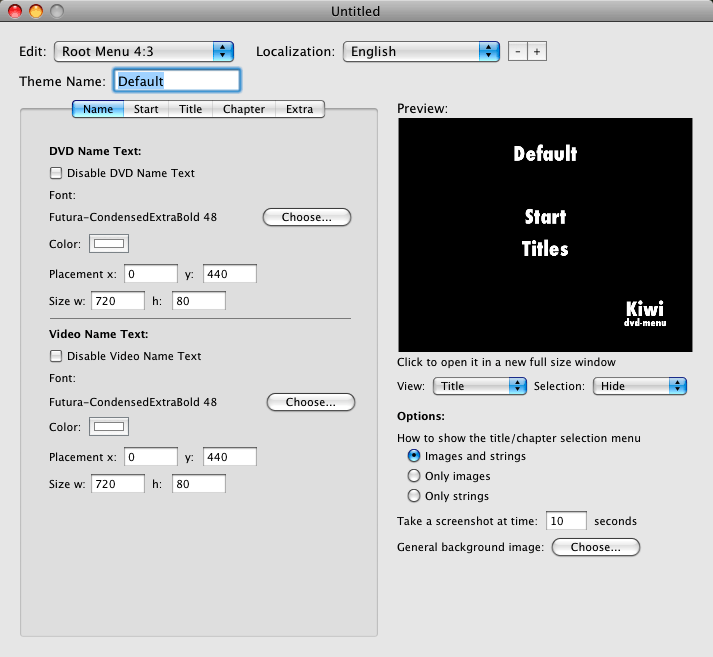

ONE REBLOG COULD HELP OR EVEN SAVE SOMEONE.

→ back up documents - never lose a document again! back up all your documents on a usb drive, or upload your documents to your google docs you can always reinstall it if you feel like you need it again! it’s takes up precious phone/tablet/computer space. → uninstall apps - if you don’t frequently use an app, it’s time to let it go. invest in a good external hard drive (at least 1TB) and back up all of your files every 1-2 weeks → back up your computer - this is especially important if everything you need is on your computer. the sunrise calendar app is another great one utilize your phone’s built-in calendar app. → use a calendar app - as much as we love physical paper planners (and we do) nothing compares to being able to check or change your calendar at a moment’s notice. there is nothing better than a clean inbox. → clean out your inbox - a tedious but rewarding task. → coffitivity - coffeeshop sounds to relax or stay productive → flux - for late night studying it adjusts screen colour so that it doesn’t strain your eyes or keep you awake → swipes - a simple to-do list app that lets you swipe a task once it’s finished or postpone it keeps your to-do list organized by time so things that you can’t do right now aren’t staring you in the face. → my study life - a one-stop shop for everything to do with your academic life: from a calendar for your classes/breaks to reminders for assignments or exams - made with flexibility and the student in mind. → tomato timer - a very simple website that uses the pomodoro technique of productivity. → evernote - a convenient app to keep all of your notes in one place → forest - a great app to help you focus. → currently - another extension but this one tells the time and the weather! apps → lanes - a popular alternative to momentum → fliqlo - a clock screensaver and another studyblr favourite

→ momentum - a chrome extension that is a favourite among studyblrs It’s used by designers to give their users a sense of familiarity with the design, with the goal of making users more comfortable and likely to engage with a product or feature.Ī very good example of this comes in the form of the “save” icon.→ the sweet escape screensavers/extensions Skeuomorphic design is a design style that emulates the way users interact with and experience real-world designs and products. That’s why we’re going to walk you through a few great examples of skeuomorphic design, the theory behind skeumorphism, and why you might want to use it in your own design process. Why do this? After all, if it’s not necessary to the product, you shouldn’t include it-right? This user-centered consideration of adding extra, not-strictly-necessary elements is a hallmark of skeumorphic design: adding features and elements to make products more recognizable. It imitates the sound of an analog camera, even though that sound isn’t necessary to take a photo on your phone. You know how your camera phone makes the shutter sound every time you take a photo? That’s a great example of skeuomorphic design. Skeuomorphismis applied when designers want to make interface objects more familiar to users by calling upon recognized, real-life objects and concepts. So let’s break it down: skeuomorphic designs are designs that mimic elements of real-life products and features. The term “skeuomorphic design” may have sent you to Google or faster than you can say it (probably because it’s also hard to pronounce).


 0 kommentar(er)
0 kommentar(er)
